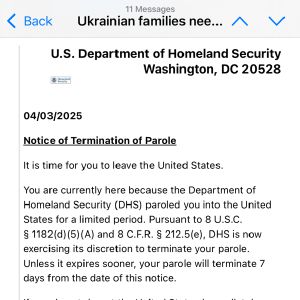Rethinking Rundlett: School enrollment projected to continue decline and then rebound
|
Published: 10-24-2024 3:51 PM
Modified: 10-24-2024 5:16 PM |
The most basic of all the questions around the future of Concord’s middle school is numerical: How many students should it be built to hold?
This sounds like a simple question but demographics is rarely straightforward. Consider a 2019 enrollment study done for Concord School District by Davis Demographics, a firm that specializes in school projections. (It is now called MGT and has expanded into other fields.)
The company put together data on births, mobility, student retention, residential development and other factors, then projected that in the 2024 school year Concord would have 829 students in 6th, 7th and 8th grades.
The actual number this year: 790.
The figure wasn’t off by a huge amount – the forecast was about 5% too high – but most of the students were already in Concord schools and easy to count. Now try forecasting enrollment a decade or two in the future, involving kids who haven’t been born yet. That is exponentially harder.
Ken Johnson, the UNH professor who has become a demographics guru, notes that New Hampshire’s population growth is pulled down by our declining birth rate and pulled up by people moving here, mostly from other states but some from overseas. The further out you look, the more iffy both those factors become.
“Many of the people moving to New Hampshire are families mostly in their 30s and 40s, many coming with children and the potential for more children. Depending on whether migration picks up, slows down, that’s going to be a big factor,” he said. “Another part of the question is whether births have been delayed or whether the births are simply not going to happen – families that traditionally had two children might have just one.”
Then there are big factors impossible to predict that can make a huge difference, such as whether future city councils will loosen or tighten Concord zoning in regards to family-friendly housing, whether the state legislature will expand the voucher program that lures families away from public schools, or even whether worsening climate change will attract more people to the relatively benign weather of central New Hampshire.
Article continues after...
Yesterday's Most Read Articles
 After four decades collecting carts, Ricky Tewksbury will retire when Shaw’s closes mid-April
After four decades collecting carts, Ricky Tewksbury will retire when Shaw’s closes mid-April
 Written shooting threat sends Concord High students home early
Written shooting threat sends Concord High students home early
 ‘It’s everything’: In largest rally yet, Trump protestors descend on Concord
‘It’s everything’: In largest rally yet, Trump protestors descend on Concord
 DHS email error causes stress, anxiety for New Hampshire's Ukrainian community
DHS email error causes stress, anxiety for New Hampshire's Ukrainian community
 ‘There was no oversight’: NH child advocate has been a watchdog for children's care. Now, the office is on the chopping block
‘There was no oversight’: NH child advocate has been a watchdog for children's care. Now, the office is on the chopping block
“Projections are not something I am a big fan of, nor are they something I do,” Johnson added. “I’ve seen too many bad ones.”
But if you do need a number, the simplest approach is plain extrapolation.
The Census Bureau estimate for city-wide population in 2023 was 44,629. The New Hampshire Department of Business and Economic Affairs estimates that in 2030, two years after a n ew or refurbished middle school is set to open, the city will have 46,986 people, an increase of 5.3%.
Using rough math, a 5.3% increase from the current middle school population would be 831 kids in the three grades. The school board is proposing a new middle school built for 900 students.
Opposing the idea that the middle school population will grow is the fact that it’s been shrinking for years – it was 954 when Davis Demographics did their study and has fallen by 160 since then. The state Department of Business and Economic Affairs forecasts that the statewide population of 10- to 14-year-olds will continue to fall through at least 2030, although they project that it will rise after that and return to current levels by 2035.
So what does this mean: Is 831 kids a reasonable guess for the 2030 population of the city’s middle school? Is it too much? Too little?
We’ll tell you in six years.







 Henniker ponders what is a ‘need’ and what is a ‘want’
Henniker ponders what is a ‘need’ and what is a ‘want’ Boscawen residents vote to fund major renovation of public works building
Boscawen residents vote to fund major renovation of public works building ‘Voting our wallets’: Loudon residents vote overwhelmingly against $1.7M bond for new fire truck
‘Voting our wallets’: Loudon residents vote overwhelmingly against $1.7M bond for new fire truck In Pembroke, Education Freedom Accounts draw debate, voters pass budget
In Pembroke, Education Freedom Accounts draw debate, voters pass budget
